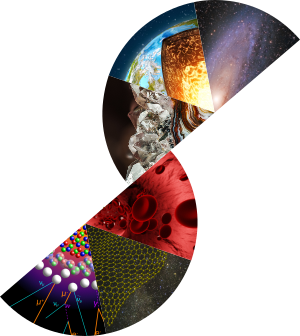Multi-messenger analysis is a recent analysis technique in astronomy and astrophysics, consisting in observing an astrophysical source in two or more channels, such as electromagnetic emissions of different energies, gravitational waves or neutrinos, called messengers. Neutrinos are elementary particles of the standard model, with very low mass and no electrical neutral and therefore they hardly interact, which gives them an extraordinary penetrating power in matter. For this reason, neutrinos produced by hadronic processes in astrophysical sources will be able to propagate without perturbations to Earth and be detected there. This will allow access to valuable information about their sources and their creation processes. In this context, the KM3NeT is a next generation neutrino telescope that performs multi-messenger analyses, either by sending alerts to other observatories or by following up on alerts received from them. The KM3NeT experiment consists of 3D arrays of light sensors, located on the Mediterranean seabed, off the coasts of France and Italy. This experiment deals with two main topics: First, the study of neutrino oscillations at moderate energy through the detection of neutrinos produced in the atmosphere and secondly, the detection of astrophysical neutrinos of higher energy allowing the study of their astrophysical sources. This analysis concerns the multi-messenger study between two types of signals, using KM3NeT data. This work searches for temporal and spatial coincidences between astrophysical neutrinos on the one hand, and very energetic radio transients on the other hand, called Fast Radio Bursts (FRB). These radio emissions are extremely bright millisecond flashes, amongst the most powerful signals in the universe, coming from poorly described sources outside our galaxy. Models have shown that sources that emit FRB could be capable of producing neutrinos as well, making them a very interesting multi-messenger candidate. After introducing the notions of multi messenger astrophysics, neutrinos and Fast Radio Bursts and after explaining the functioning of KM3NeT, I will present my thesis work dealing with this search for neutrinos coincident with FRBs from an online catalogue of more than 800 bursts.
|
Multi-messenger observations with the KM3NeT telescope: search for high- energy neutrinos coinciding with astrophysical transients
1 : Laboratoire de physique subatomique et des technologies associées Institut National de Physique Nucléaire et de Physique des Particules du CNRS, Centre National de la Recherche Scientifique, IMT Atlantique, Nantes université - UFR des Sciences et des Techniques
|

 PDF version
PDF version
